2.3 The mechanism that moves planet's atmosphere
2.3.1 The evidence that solar wind drives planet's atmosphere
The atmospheric flow of planet is shown by a line in the photographs of
Fig. 2.4.1,~ Fig. 2.4.4. The author has explained that the flow that moves
around the planet in the east-west direction is caused by the solar wind
which has angular momentum of Sun's Rotation. Reference video link [ https://youtu.be/zPSOD3YAAXw ].
In the past, it has been argued that air flow is generated by changes in
atmospheric pressure. There is the flow of atmosphere from daytime area
toward night area. However, the orbital period of Venus is 225 days, and
the ratational period is 243 days. It does not drive the one way movement
of atmosphere at speed of 100 m/s..
The solar wind posseses with counterclockwise angular momentum due to
the Sun's rotation. It drives the Venus's atmosphere clockwise direction
at the daytim by a gear mechanism. The atmospheric flow of Venus has been driven by the
solar wind with counterclockwise rotation towords clockwise direction.
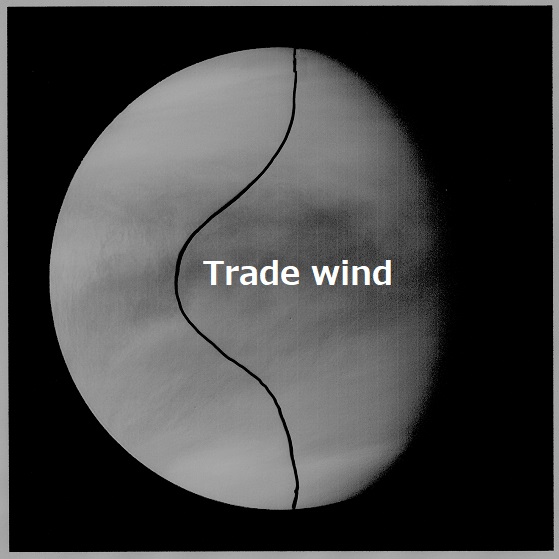
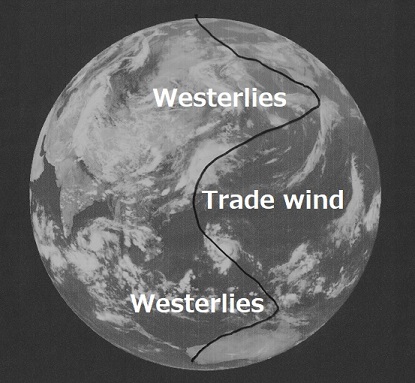
Fig. 2.3.1 The air stream orbiting Venus *1) Fig. 2.3.2 The air stream
orbiting Earth *2)
*1) Reproduced from 19212_venus.jpg (640×640) (astroarts.co.jp)
*2) Reproduced from DM_35-i.png (800×800) (sc-art.jp)
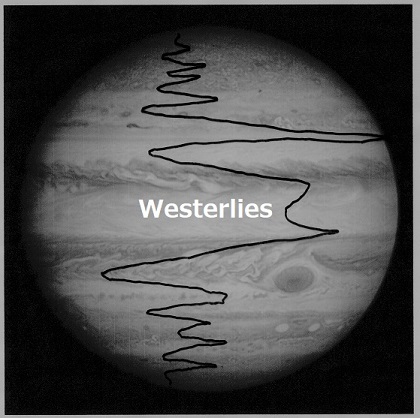
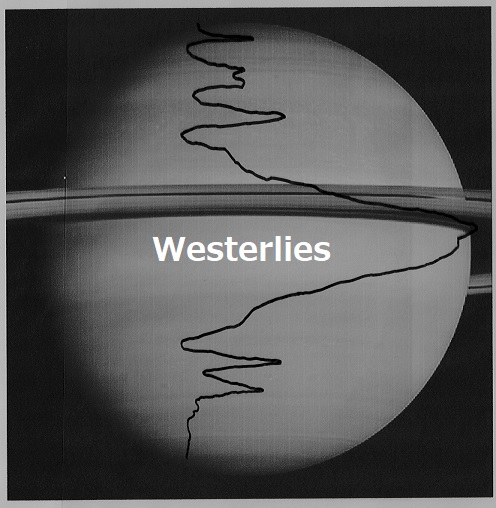
Fig.2.3.3 The air stream orbiting Jupiter *3) Fig.2.3.4 The air stream
orbiting Saturn *4)
*3) Reproduced from Jupiter_and_its_shrunken_Great_Red_Spot.jpg (940×940)
(wikimedia.org)
Original data , S. S. Limaye, Icarus, (65), 335-352, (1986).
*4) Reproduced from, saturn.jpg (4613×2233) (astroarts.co.jp) ,
Original data, A. Sanchez-Lavega, et.al Icarus, (2004)
2.3.2 The atmospheric flow that orbits Venus and Earth
[Amount of solar wind that reaches Venus and Earth]
Table 2.3.1shows the data for estimation of approximate amount of H+ those reach to the planets
from the Sun. These values were obtained by the ratio of the surface area
of the sphere in the orbit to the cross-sectional area of the planet, and
the amount of emission of 109 kg/s from the Sun.
Table. 2.3.1 Data to estimate the amount of solar wind that reaches to Venus and Earth.
| Radius | Crosssection | Radius of orbit | Area of orbit | Area ratio | Mass | |
| Venus | 6.052x103km | 1.150x108km2 | 1.082x108km | 1.47x1017km2 | 0.78x10-9 | 0.782 kg/s |
| Earth | 6.378x103km | 1.277x108km2 | 1.496x108km | 2.81x1017km2 | 0.45x10-9 | 0.454kg/s |
This amount is 365x24x3600 =3.15x107times after accumulating for a year. So, 1.43x107kg of hydrogen is raining down on the earth at about 500 km/sec in a year.
Venus has a rotaing period of 243 days and has no magnetism. Venus' atmosphere
is thick, about 90 atm, and its atmosphere is collided directly by the
solar wind. Venus' atmosphere is rotated and in four days a wind is blowing
around Venus in the direction of clockwise rotation. This phenomenon can
be caused by the solar wind. Moreover, it is thought that the clockwise
rotation of Venus had been driven by the collision of the material emitted
from the Sun at the last stage of Venus's formation by the mechanism which
drives superrotation of Venus.Planetary Studies based on Materials Theory-4.1
[Atmospheric flow near the equator: Trade winds]
On Venus, the atmosphere orbits in the clockwise direction.
Solar wind has an counterclockwise motion component of 1.89 km per second due to the rotation of the Sun.
When the solar wind collides head-on near the equator,
the component of rotational motion has the effect of driving the atmosphere clockwise by the way of the gear.
It is considered that another phenomenon that the vector potential accompaning with the Sun's rotation
adds driving force of clockwise direction to the charged particles facing to the Sun.
The trade winds near the equator are weaken away from the Sun, as the
order of Venus, Earth, and Jupiter, and it disappears on Saturn. The denshity
of energu for rotation emitted by the Sun decreases as the surface of the
sphere expands. The density of rotational energy decreases at the square of the distance
from the Sun.
[Mid-latitude atmospheric flow on the Earth: Westerlies]
As shown in Fig. 2.4.2, there are westerly winds at mid-latitudes in the
Earth. In the east side of the Earth, the Earth's atmosphere orbiting counterclockwise
direction is accelerated by the solar wind. On the other hand, the Earth's
atmospheric flow in the west side of the Earth is suppressed by the solar
wind. Since the mechanism of acceleration had the effect more than that
of the suppression, the solar wind drives air flow from west to east faster
than the rotational speed of the Earth.
Since the rotational direction of rotation on Venus is clockwise, the east wind blows by the mechanism of westerlies on the Earth.
But this effect is weak due to the slow rotational speed on the Venus.
In addition, the rotation of the vector potential accompanied with the
Sun's rotation increases its rotational speed as it moves away from the
Sun. This effect accelerates the motion of charged particles on planet
of the back side of the Sun in counterclockwise direction.
2.3.3 Mechanism of atmospheric flows and vortices in Jupiter
[The striped atmospheric flows in Jupiter]
Jupiter has a vortex in the atmospheric flow as shown in Fig. 2.4.5. When there is a velocity difference in the uniform flow of the vortex, the molecular motion is disturbed in the boundary region. The gas molecules in Jupiter’s surface are ionized by the Sun’s irradiation. There is a magnetic horizontal coupling between charged particles as described the Sec. 2.3. If there is a speed difference in the atmospheric flow, a part of rectilinear motion turns to rotational motion. So, the rotating vortex occurs. At high latitudes, rotational velocity due to rotation slows down, vortices are created, and the rotation of the vortex accelerates the opposite flow of opposite side of the vortex. Therefore, when a vortex occurs at the high latitude end of the counterclockwise
flow near the equator, clockwise atmospheric flow flows on the high latitude
side. Since this clockwise atmospheric flow is slowed down by solar wind,
a vortex is generated at the high latitude end of the flow, and the vortex
accelerates the atmospheric flow on the high latitude side counterclockwise
direction. This results in alternate atmospheric flows around high latitude
as shown in Fig. 2.3.3. In the polar region, the Earth's surface is like
a rotating disk, and vortices of alternate direction are generated. (last modified April 1, 2023)
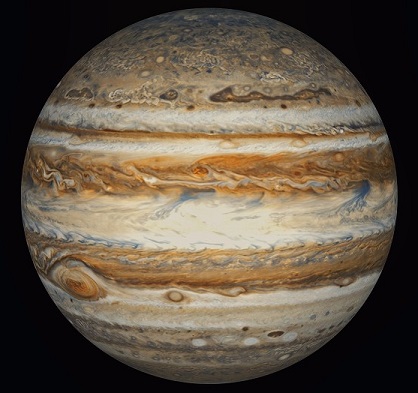
Fig. 2.3.5 Atmospheric flows and vortices orbiting Jupiter. Origin of this photograph:[ https://stat.ameba.jp/user_images/20200513/16/furaaki/aa/6c/j/o0900056214758116546.jpg ]
to Index -2.6-